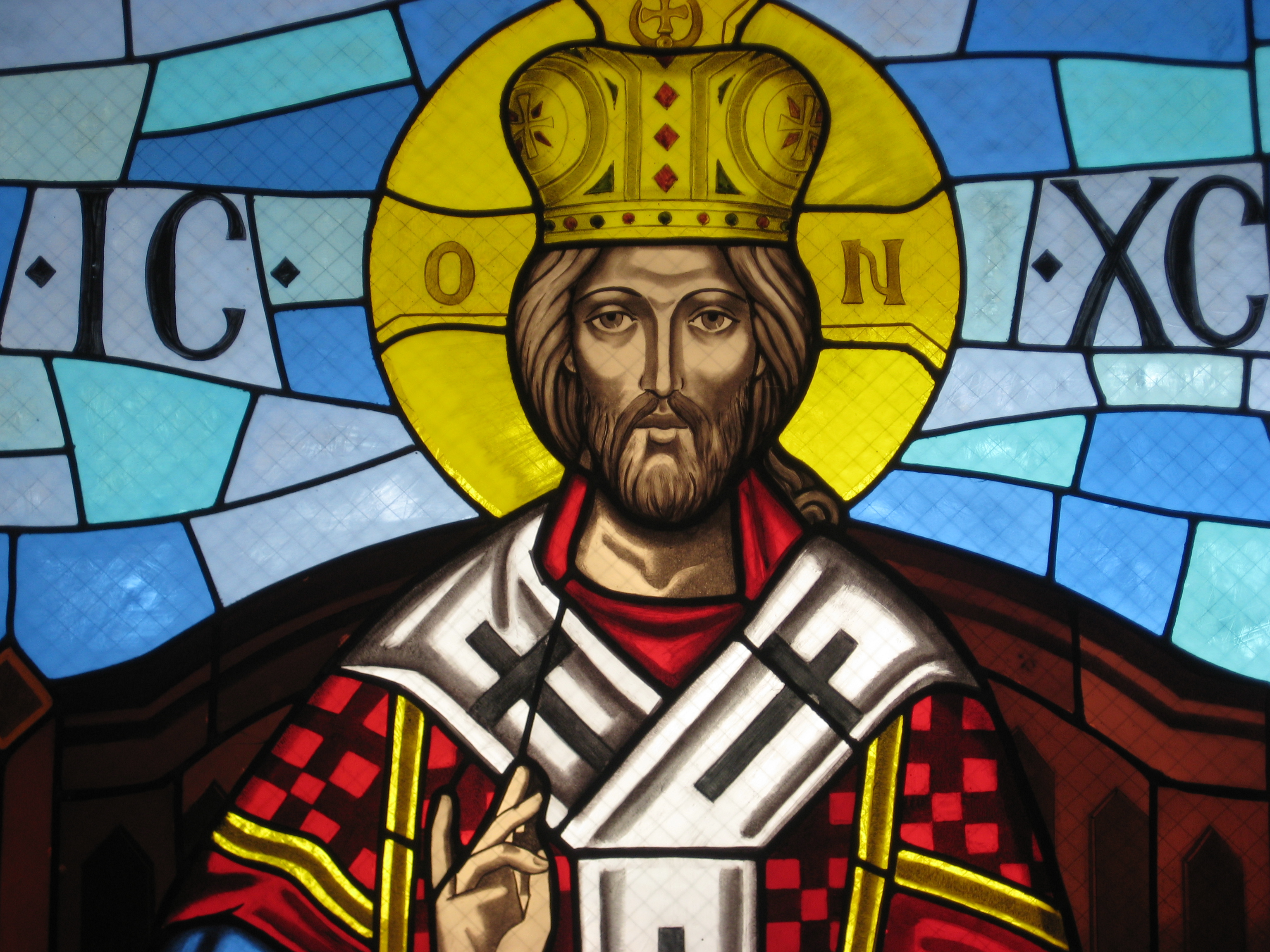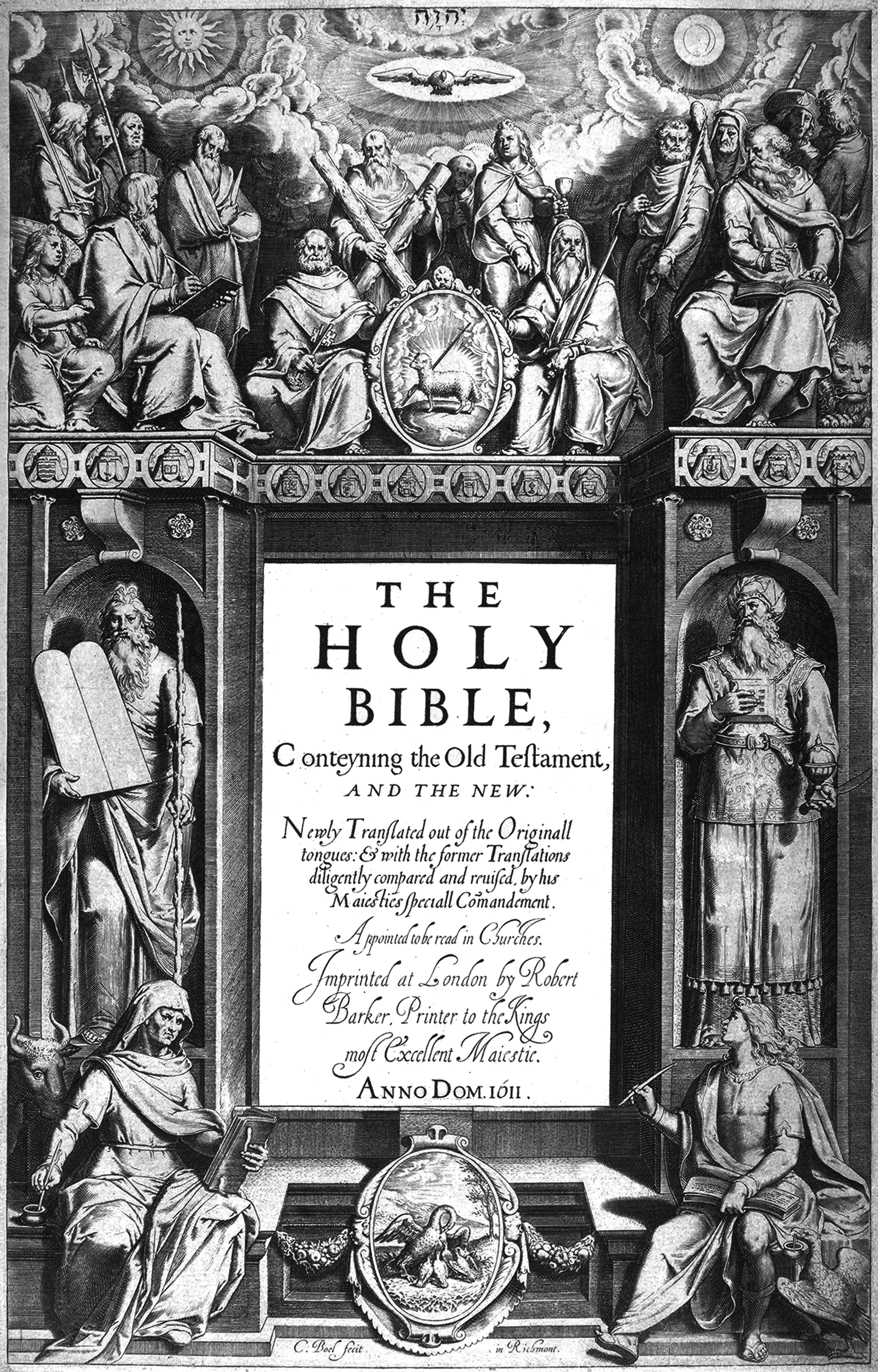|
Dorotheus IV Ibn Al-Ahmar
Patriarch Dorotheus IV Ibn Al-Ahmar (died 1611), sometime known also as Dorotheus V,He is known as ''Dorotheus IV'' in the patriarchal lists of Korolevski and Skaff, as ''Dorotheus V'' in the list of Costantius. was Melkite Patriarch of Antioch from 1604 to 1611. Life Before being elected Greek Patriarch of Antioch in 1604, he served for eight years as auxiliary bishop of previous Patriarch Joachim Ibn Ziadah. His action as Patriarch is remembered for his clashes with the Ottoman civil authorities on the issue of taxations of the Christian community: he succeeded in having abolished the taxes on the clergy and in substituting Muslim collectors of taxes with Christian ones. Because of his courage he was heavily attacked by his Turkish opponents who tried to depose him, unsuccessfully. He was stopped by the poison that killed him in 1611 while he was on pastoral visit at Hasbaya, Lebanon Lebanon, officially the Republic of Lebanon, is a country in the Levant region of Wes ... [...More Info...] [...Related Items...] OR: [Wikipedia] [Google] [Baidu] |
Melkite Church
The term Melkite (), also written Melchite, refers to various Eastern Christian churches of the Byzantine Rite and their members originating in West Asia. The term comes from the common Central Semitic root ''m-l-k'', meaning "royal", referring to the loyalty to the Byzantine emperor. The term acquired religious connotations as denominational designation for those Christians who accepted imperial religious policies, based on Christological resolutions of the Council of Chalcedon (451). Originally, during the Early Middle Ages, Melkites used both Koine Greek and Aramaic ( Classical Syriac & Syro-Palestinian) language in their religious life, and initially employed the Antiochian rite in their liturgy, but later (10th–11th century) accepted Constantinopolitan rite, and incorporated Arabic in parts of their liturgical practices. When used in denominational terminology, ''Melkite'' designations can have two distinctive meanings. The term ''Orthodox Melkites'' thus refers to t ... [...More Info...] [...Related Items...] OR: [Wikipedia] [Google] [Baidu] |
Patriarch Of Antioch
The Patriarch of Antioch is a traditional title held by the bishop of Antioch (modern-day Antakya, Turkey). As the traditional "overseer" (, , from which the word ''bishop'' is derived) of the first gentile Christian community, the position has been of prime importance in Pauline Christianity from its earliest period. This diocese is one of the few for which the names of its bishops from the apostolic beginnings have been preserved. Today five churches use the title of patriarch of Antioch: one Eastern Orthodox (the Greek Orthodox Church of Antioch); one Oriental Orthodox (the Syriac Orthodox Church); and three Eastern Catholic (the Maronite, Syriac Catholic, and Melkite Greek Catholic Churches). According to the pre-congregation church tradition, this ancient patriarchate was founded by the Apostle Saint Peter. The patriarchal succession was disputed at the time of the Meletian schism in 362 and again after the Council of Chalcedon in 451, when there were rival Me ... [...More Info...] [...Related Items...] OR: [Wikipedia] [Google] [Baidu] |
List Of Greek Orthodox Patriarchs Of Antioch
The patriarch of Antioch is one of the Eastern Orthodox patriarchs, the leader of the autocephalous Greek Orthodox Church of Antioch. The term "Greek" does not refer to ethnic origin; the majority of these patriarchs were not ethnic Greeks, but rather Hellenized Arabs, Arameans, Assyrians, and other Levantines who spoke Greek and adopted a Hellenic identity. It refers to the fact that this church follows the Chalcedonian Orthodoxy associated with the (Greek-speaking) Byzantine Empire. Since 518, there have been two patriarchs of Antioch who call themselves Orthodox: the Chalcedonian ones listed here, and the non-Chalcedonian Syriac Orthodox patriarchs of Antioch. Greek Orthodox patriarchs of Antioch from 518 to 1724 * Paul the Jew (518–521) * Euphrasius (521–526) * Ephraim of Amid (526–546) * Domnus III (546–561) * Anastasius I of Antioch (561–571) * Gregory (571–594) *Anastasius I of Antioch (restored) (594–599) * Anastasius II (599–610) * Gregory II (610–620 ... [...More Info...] [...Related Items...] OR: [Wikipedia] [Google] [Baidu] |
Athanasius II Dabbas
Patriarch Athanasius II Dabbas (died 1619), sometime known also as Athanasius III,He is known as ''Athanasius II'' in the patriarchal lists of Korolevski and Skaff, as ''Athanasius III'' in the list of Costantius. was Eastern Orthodox Patriarch of Antioch from 1611 to 1619. Life Athanasius II Dabbas succeeded to be elected Patriarch because he promised to the Damascenes to pay annually the deficit of the tax required of the Christians ('' Kharaj tax'') by the Ottomans. Thus he was consecrated Patriarch in September 1611. In 1612 he appointed and consecrated metropolitan bishop of Aleppo Meletios Karmah (who twenty years later became patriarch), with whom he later argued for financial reasons or for Meletios’ contacts with the Franciscans. In 1614 Athanasius went to Constantinople to ask Ecumenical Patriarch Timothy II to depose Meletios, who also came to Constantinople. The two prelates, Athanasius and Meletios, were then able to reach an agreement. Athanasius had a positive ... [...More Info...] [...Related Items...] OR: [Wikipedia] [Google] [Baidu] |
Hasbaya
Hasbaya or Hasbeiya () is a municipality in Lebanon, situated at the foot of Mount Hermon, overlooking a deep amphitheatre from which a brook flows to the Hasbani River. In 1911, the population was about 5,000. The town was a traditional seat of the Chehab family, local rulers under Ottoman suzerainty. They built the Chehabi Citadel, a prominent landmark in the town. History Some travellers have attempted to identify Hasbeya with the biblical Baal-Gad or Baal-Hermon. In the New Testament, the mountain is the site of the transfiguration of Jesus. During the Roman period there was a Temple of Hebbarieh in the area, as evident in the ruins at the foot of Mount Hermon. Crusader period The presence of Druze around Mount Hermon is documented since the founding of the Druze religion in the beginning of the 11th century. The castle in Hasbaya was held by the crusaders under Count Oran, but in 1171 the Emirs of the Chehab family captured it after defeating the crusaders in a nu ... [...More Info...] [...Related Items...] OR: [Wikipedia] [Google] [Baidu] |
Lebanon
Lebanon, officially the Republic of Lebanon, is a country in the Levant region of West Asia. Situated at the crossroads of the Mediterranean Basin and the Arabian Peninsula, it is bordered by Syria to the north and east, Israel to the south, and the Mediterranean Sea to the west; Cyprus lies a short distance from the coastline. Lebanon has a population of more than five million and an area of . Beirut is the country's capital and largest city. Human habitation in Lebanon dates to 5000 BC. From 3200 to 539 BC, it was part of Phoenicia, a maritime civilization that spanned the Mediterranean Basin. In 64 BC, the region became part of the Roman Empire and the subsequent Byzantine Empire. After the seventh century, it Muslim conquest of the Levant, came under the rule of different Islamic caliphates, including the Rashidun Caliphate, Rashidun, Umayyad Caliphate, Umayyad and Abbasid Caliphate, Abbasid. The 11th century saw the establishment of Christian Crusader states, which fell ... [...More Info...] [...Related Items...] OR: [Wikipedia] [Google] [Baidu] |
Melkite
The term Melkite (), also written Melchite, refers to various Eastern Christian churches of the Byzantine Rite and their members originating in West Asia. The term comes from the common Central Semitic root ''m-l-k'', meaning "royal", referring to the loyalty to the Byzantine emperor. The term acquired religious connotations as denominational designation for those Christians who accepted imperial religious policies, based on Christological resolutions of the Council of Chalcedon (451). Originally, during the Early Middle Ages, Melkites used both Koine Greek and Aramaic ( Classical Syriac & Syro-Palestinian) language in their religious life, and initially employed the Antiochian rite in their liturgy, but later (10th–11th century) accepted Constantinopolitan rite, and incorporated Arabic in parts of their liturgical practices. When used in denominational terminology, ''Melkite'' designations can have two distinctive meanings. The term ''Orthodox Melkites'' thus refers ... [...More Info...] [...Related Items...] OR: [Wikipedia] [Google] [Baidu] |
Ottoman Empire
The Ottoman Empire (), also called the Turkish Empire, was an empire, imperial realm that controlled much of Southeast Europe, West Asia, and North Africa from the 14th to early 20th centuries; it also controlled parts of southeastern Central Europe, between the early 16th and early 18th centuries. The empire emerged from a Anatolian beyliks, ''beylik'', or principality, founded in northwestern Anatolia in by the Turkoman (ethnonym), Turkoman tribal leader Osman I. His successors Ottoman wars in Europe, conquered much of Anatolia and expanded into the Balkans by the mid-14th century, transforming their petty kingdom into a transcontinental empire. The Ottomans ended the Byzantine Empire with the Fall of Constantinople, conquest of Constantinople in 1453 by Mehmed II. With its capital at History of Istanbul#Ottoman Empire, Constantinople (modern-day Istanbul) and control over a significant portion of the Mediterranean Basin, the Ottoman Empire was at the centre of interacti ... [...More Info...] [...Related Items...] OR: [Wikipedia] [Google] [Baidu] |
Muslim
Muslims () are people who adhere to Islam, a Monotheism, monotheistic religion belonging to the Abrahamic religions, Abrahamic tradition. They consider the Quran, the foundational religious text of Islam, to be the verbatim word of the God in Abrahamic religions, God of Abraham (or ''Allah'') as it was revealed to Muhammad, the last Islamic prophet. Alongside the Quran, Muslims also believe in previous Islamic holy books, revelations, such as the Tawrat (Torah), the Zabur (Psalms), and the Injeel (Gospel). These earlier revelations are associated with Judaism and Christianity, which are regarded by Muslims as earlier versions of Islam. The majority of Muslims also follow the teachings and practices attributed to Muhammad (''sunnah'') as recorded in traditional accounts (hadith). With an estimated population of almost 2 billion followers, Muslims comprise around 26% of the world's total population. In descending order, the percentage of people who identify as Muslims on each ... [...More Info...] [...Related Items...] OR: [Wikipedia] [Google] [Baidu] |
1611 Deaths
Events January–March * January 26 – Maximilien de Béthune, Duke of Sully is forced by Marie de' Medici, Queen regent Marie's Regency Council to resign as chief minister of France. He is replaced by Nicolas de Neufville, seigneur de Villeroy. * February 27 – Sunspots are observed by telescope, by Frisians, Frisian astronomers Johannes Fabricius and David Fabricius. Johannes publishes the results of these observations, in ''De Maculis in Sole observatis'' in Wittenberg, later this year. Such early discoveries are overlooked, however, and the first sighting is claimed a few months later, by Galileo Galilei and Christoph Scheiner. * March 4 – George Abbot (bishop), George Abbot is enthroned as Archbishop of Canterbury in England. * March 9 – Battle of Segaba in Begemder: Yemana Kristos, brother of Emperor of Ethiopia Susenyos I, ends the rebellion of Melka Sedeq. * March 19–March 20, 20 – The Moscow Uprising (1611), Moscow Uprising, a ... [...More Info...] [...Related Items...] OR: [Wikipedia] [Google] [Baidu] |
Greek Orthodox Patriarchs Of Antioch
The patriarch of Antioch is one of the Eastern Orthodox patriarchs, the leader of the autocephalous Greek Orthodox Church of Antioch. The term "Greek" does not refer to ethnic origin; the majority of these patriarchs were not ethnic Greeks, but rather Hellenized Arabs, Arameans, Assyrians, and other Levantines who spoke Greek and adopted a Hellenic identity. It refers to the fact that this church follows the Chalcedonian Orthodoxy associated with the (Greek-speaking) Byzantine Empire. Since 518, there have been two patriarchs of Antioch who call themselves Orthodox: the Chalcedonian ones listed here, and the non-Chalcedonian Syriac Orthodox patriarchs of Antioch. Greek Orthodox patriarchs of Antioch from 518 to 1724 *Paul the Jew (518–521) * Euphrasius (521–526) * Ephraim of Amid (526–546) * Domnus III (546–561) * Anastasius I of Antioch (561–571) * Gregory (571–594) *Anastasius I of Antioch (restored) (594–599) * Anastasius II (599–610) * Gregory II (610–620) ... [...More Info...] [...Related Items...] OR: [Wikipedia] [Google] [Baidu] |



